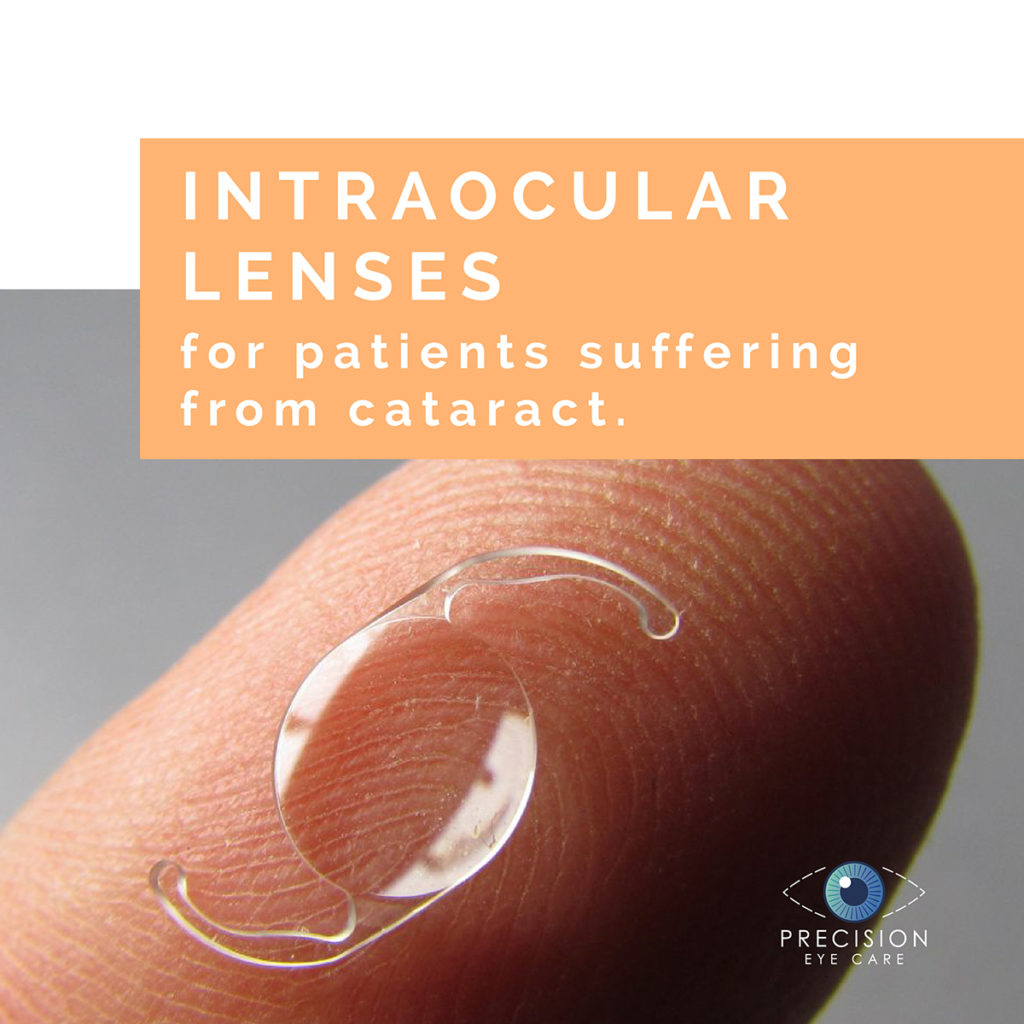

#ACHROMA INTRAOCULAR LENS PDF#
Download the PDF file “What to Expect from Filtered Contact Lenses for Achromatopsia.” This article helps provide a better understanding of the benefits of filtered contact lenses for many achromats. To learn more about how filtered contact lenses may help someone with achromatopsia. It is important to test the patient's near vision to assure the filter does not interfer with reading. The results are usually very dramatic, even patients who initially report that they are only mildly light sensitive, suddenly report seeing better. As shown on the photo to the right, we design different sizes for the filtered portion to customize the fit to the patient.
#ACHROMA INTRAOCULAR LENS TRIAL#
After the color of the filter is determined (red, red-black dye, amber/brown, magenta and green) filters, we then determine the density of the filter, lighter or darker, based on the testing with the trial contact lenses. Thus, the doctor and patient must evaluate different filtered contact lenses in real world lighting settings inside and outside. Today it is easy to adjust the filter to fit the patient.Įvery achromat is different. Fitting too dark a lens was common, when hard lenses limited the options. This also will dramatically reduce the outside glare, but the patient will then be able to wear a more normal moderate amber/brown sun filter to control the now much reduced glare outside. Rather, we fit the contact lens to resolve as fully as possible the inside light issues without being too dark in normally encountered areas of less light. This would create too dark a lens when inside.

We do not fit the lens to totally eliminate the outside glare. Sunwear will be added over the contact lenses outside, and in the evening, many patients remove the filtered contact lenses, or switch to clear lenses. No any single filter is able to handle all levels of lighting. Thus we must deal with both the high and the low light that an achromat routinely encounters. Even the difference from inside illumination in a bright classroom or office to outside sun on a bright day may vary by 350 times. The difference in brightness from an inside dimly lighted home to outside bright sunlight in the summer can vary by 2500 times. Without filters, achromats may function comfortable in only the lowest 3 to 4 areas above. The chart below shows the range of brightness within which our visual system can normally function.


The human visual system can function over a tremendous range of brightness levels. In the evening, the contact lenses can be removed.īecause our brain helps us adapt to differences in brightness, we often fail to appreciate the great difference in brightness from outside on a sunny day to inside a normal room. Wh en she wears the red central contact lenses, she requires no additional tinting inside and can now wear a normal appearing sunglasses outside, which in this case a grey filter. In the picture on the right side, she is wearing her red central contact lenses, and can open her eyes naturally. Notice the severe squinting required to reduce the light entering her eyes. In the picture on the left side is without her filtered contact lenses. Each patient must be custom fit to assure the correct level of darkness, the best color of filter and the size of the filtered area.Ībove we see a young lady with rod monochromatism. Today, the achromat contact lenses are soft contact lenses in custom filter colors that provide excellent comfort and allow customization to precisely fit the light sensitivity need of each patient. Early attempts to fit rod monochromats with solid red hard contact lenses decades ago were limited by the comfort and size of the hard and gas perm contact lenses. Except in children too young to wear contacts, it is frequently our first step in low vision rehabilitation. In our low vision practice, achromatic soft contact lenses with custom designed filters have revolutionized our ability to help achromatopsia patients control the overwhelming aversion to the light. Red Central - NARS Red/Black - Amber/Brown - Magenta However, I would like very much to have better visual acuity and to be less bothered by strong light….” "I believe that, if color information were suddenly to become available to my eyes, it would so bewilder me that I would probably have great difficulties adjusting to it. Prescribing the Right Filter for Achromatopsia


 0 kommentar(er)
0 kommentar(er)
